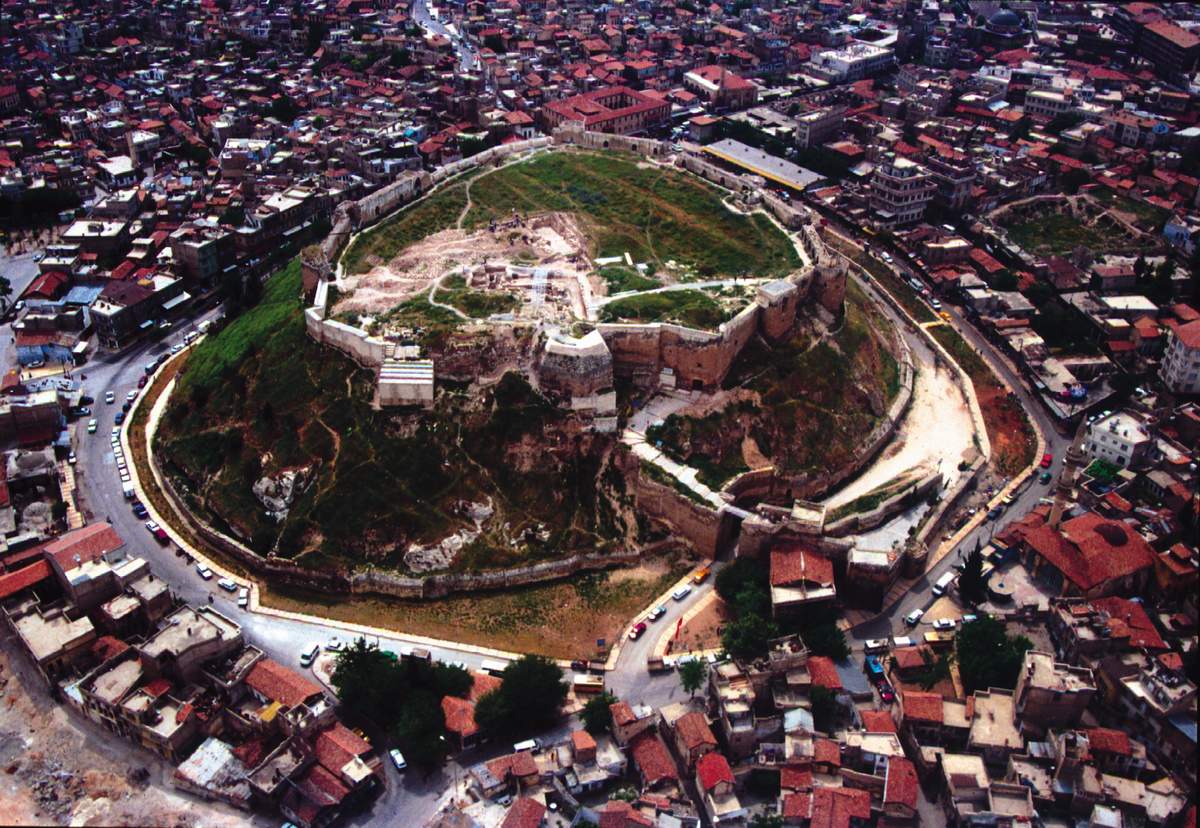
Gaziantep is a city in southeast Turkey and amongst the oldest continually inhabited cities in the world. The metropolitan area in the entire Gaziantep Province had a population of 1.3 million as of 2010, making the city sixth most populous in Turkey. The city has two urban districts under its administration, Şahinbey and Şehitkamil.
Gaziantep is the probable site of the Hellenistic city of Antiochia ad Taurum ("Antiochia in the Taurus Mountains"). The ruins of the Doliche (Turkish: Dülük) lie a few kilometers to the north of the city center and they are located in the natural setting of a forest arranged into a recreational area also including picnic and camping facilities.
Gaziantep is one of the most developed provinces of the region and is also one of the oldest, its history reaching as far back as the Hittites. Being the center of pistachio cultivation in Turkey and with its extensive olive groves and vineyards, Gaziantep is one of the important agricultural and industrial centres of Turkey.
In the center of the city stands the Gaziantep Fortress and the Ravanda citadel as reminders of past - the citadel was restored by the Byzantines in the 6th century. The Archaeological Museum, with its important collections from Neolithic and the Hittite ages as well as the Roman and Commagene times, attracts many visitors. A recent addition to the Museum's riches are the Roman mosaics discovered in Zeugma. The surroundings of the city are also full of valuable Hittite remains. The Hasan Süzer House, which has been restored to its original state, now houses the Ethnographical Museum. Yesemek Sculpture Workshop, 30 kilometers south of the town of Islahiye, is one of the world's first of this kind. Some of the other historical remains are the Zeugma (called also Belkıs in Turkish), and Kargamış ruins by the town of Nizip and slightly more to the north, Rumkale.
Gaziantep was ruled by Akkadians, Mitannis, Hittites, Neo-Hittites, Assyrians, Urartians, Babylonians, Persians, Greeks, Armenians, Parthians, Commagene, Romans, Byzantines, Sassanids, and Arabs.
In the first half of the 7th century, Arab armies captured this region. It was passed to the Umayyads in 661 and the Abbasids in 750. During the period of Arab rule, it was ravaged several times by the Eastern Romans (Byzantines). After the disintegration of the Abbasid dynasty, the city was ruled successively by the Tulunids, the Ikhshidids and the Hamdanids. In 962, it was recaptured by the Byzantines (Eastern Romans), and retained by them until the Seljuk conquest in 1067. The regime of the Anatolian Seljuks gave way to the Syria Seljuks in 1086. Tutush I appointed Thoros of Edessa as governor of the region.
It was captured by the Crusaders and united to the Maras Seigneurship in the County of Edessa in 1098. It reverted to the Seljuk Sultanate of Rûm in 1150, occupied by the Armenian Kingdom of Cilicia between 1155–1157 and 1204–1206 and captured by the Zengids in 1172 and the Ayyubids in 1181. It was retaken by Seljuk Sultanate of Rûm in 1218. It was ruled by the Ilkhanate between 1260–1261, 1271–1272, 1280–1281 and 1299–1317 and by the Mamluks between 1261–1271, 1272–1280, 1281–1299, 1317–1341, 1353–1378, 1381–1389 and 1395-1516. It was also governed by the Beylik of Dulkadir, which was a Turkish vassal state of the Mamluks.
The Ottoman Empire captured Gaziantep after the Battle of Marj Dabiq in 1516, during the reign of Sultan Selim I. In the Ottoman period, Aintab was a sanjak centered initially in the Dulkadir eyalet (1516-1818), and later in the Aleppo vilayet (1908–1918). It was also a kaza in the Aleppo vilayet (1818–1908).
In 1923, Antep was removed from the Aleppo vilayet and ceded to Turkey according to the Treaty of Lausanne signed between the Ankara government and the Allies at the end of World War I, together with other parts of northern Syria including Adana, Mersin, Tarsus, Urfa, Kahramanmaraş, and Diyarbakır.


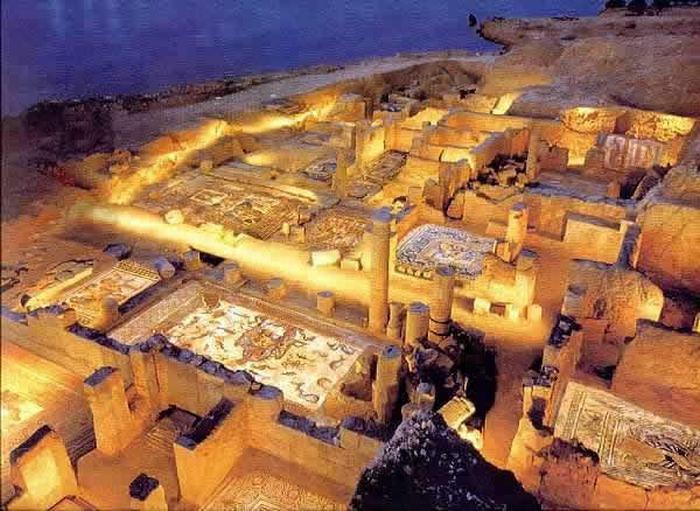

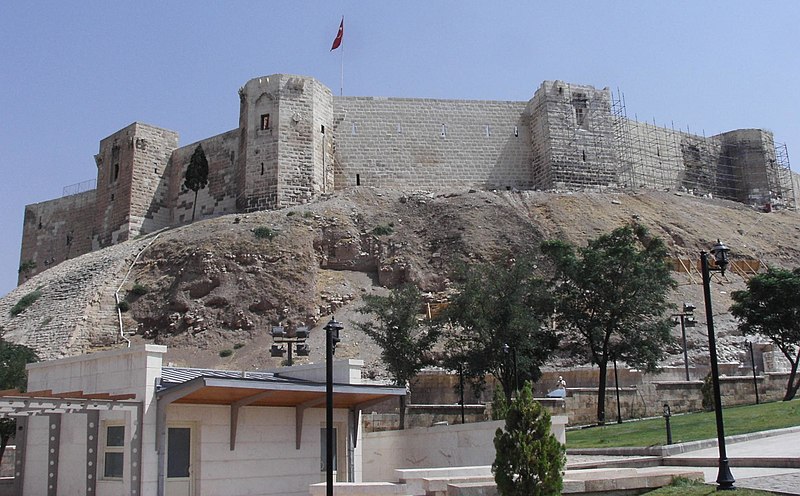

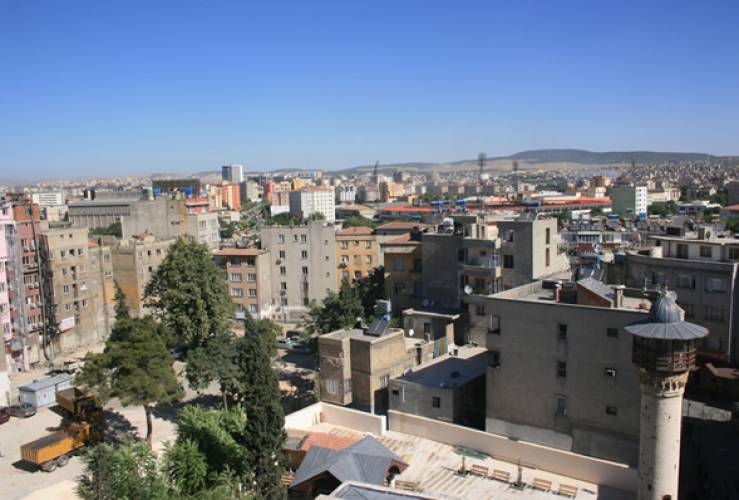



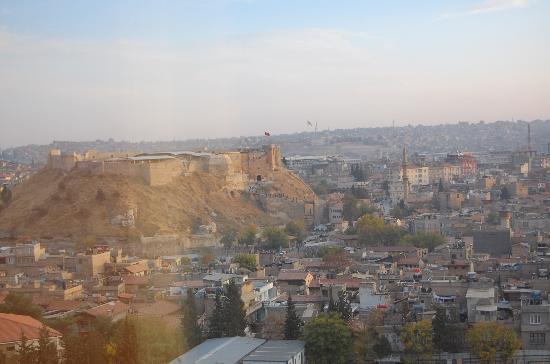












0 comments:
Post a Comment